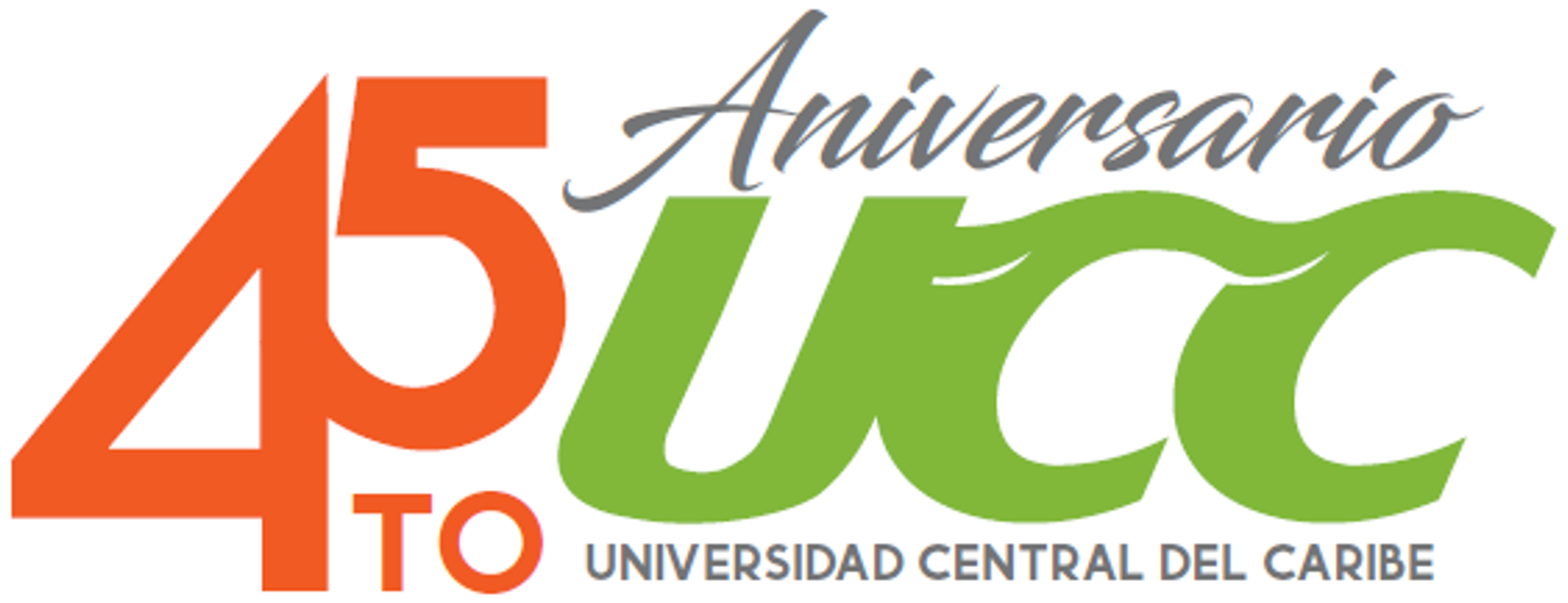787-798-3001
info@uccaribe.edu
Computerized Tomography, develop in 1972 by Engineer Geoffrey Hounsfield, uses ionizing radiation (X-rays) and radiation detectors to provide a computer with information about the density of the human tissues, which the computer then turns into a digital image of the body volumes. Resulting images are similar to a radiograph in its density, but the image is oriented perpendicular to the body axis. Computerized Tomography is used primarily to evaluate gastrointestinal, nervous and
musculo-squeletal systems.
The academic program of the Certificate in Computerized Tomography is designed to develop, in graduates of a radiologic technology program, the theoretical knowledge and the practical skills to produce medical diagnostic images by means of the Computerized Tomography equipment. This certificate comprises 13 academic credits, which are offered in a one semester long (15 weeks) period.
DESCRIPTION OF THE COMPUTERIZED TOMOGRAPHY TECHNOLOGIST
The Imaging Technologist specialized in Computerized Tomography, is the health professional which operates very complex and sophisticate equipment which combines electronic elements with ionizing radiation producing equipment to produce images of the human body with the purpose of making or defining a medical diagnosis.
Because of the impression the equipment produces on patients, a Computerized Tomography technologist first task, before doing the procedure, it’s the responsibility of the technologist to interact with the patient in an effective way to orient him on the procedure to be performed and lower the patient anxieties. Before the procedure, the technologist explains to the patient the importance of following the instructions he will receive during the procedure; of maintaining the proper positioning and the proper way of breathing so as to acquire optimum quality images.
CERTIFICATE IN COMPUTERIZED TOMOGRAPHY GRADUATE PROFILE
A graduate from the Post-Associate Certificate in Computerized Tomography of the Radiologic technology Program of the Universidad Central del Caribe, will be able to:
-
Evaluate patient’s medical and clinical information to determine the procedure to perform, following the protocols established by his/her workplace and according to the medical and physical condition of the patient.
-
Perform Computerized Tomography procedures acquiring the anatomic information, and integrating patient medical information and clinical to facilitate the patient diagnosis.
-
Assume full responsibility for his/her patient’s and accompanying person’s safety during the procedure, avoiding unnecessary radiation exposures to them.
-
Accurately manipulate the Computerized Tomography equipment to produce optimum quality images.
-
Demonstrate his/her knowledge about the operation and physical principles related to the Computerized Tomography equipment.
-
Perform any Computerize Tomography procedure that it’s required from him/her, regardless of the level of physical and/or mental condition of the patient and without any evidence of social, racial and cultural prejudice.
-
Educate patient and clarify any doubt the patient might have regarding the equipment; the need to use contrast media when indicated, and the importance of performing an optimum quality procedure to enhance diagnosis.
-
Support patient, before, during and after the procedure.
-
Offer optimum quality services in a prudent and reasonable lapse of time.
-
Document any incident that might occur before, during and after the procedure, in the patient’s record and/or any form designed for this purpose.
-
Evaluate the quality of the services, keeping control on the quality of the operations and functioning of the equipment and its accessories; image printing and post-processing routines and image viewing conditions, among others.
-
Acquire optimum quality images in all procedures performed.
-
Apply discretion and critical thinking to the performance of all procedures and the operation of the equipment.
-
Collaborated with the Radiologist in the performance of interventional procedures using Computerize Tomography.
-
Assume responsibilities for his/her own personal and professional development and enhancement through his/her participation in continued education activities and in new procedures capacitating workshops.
